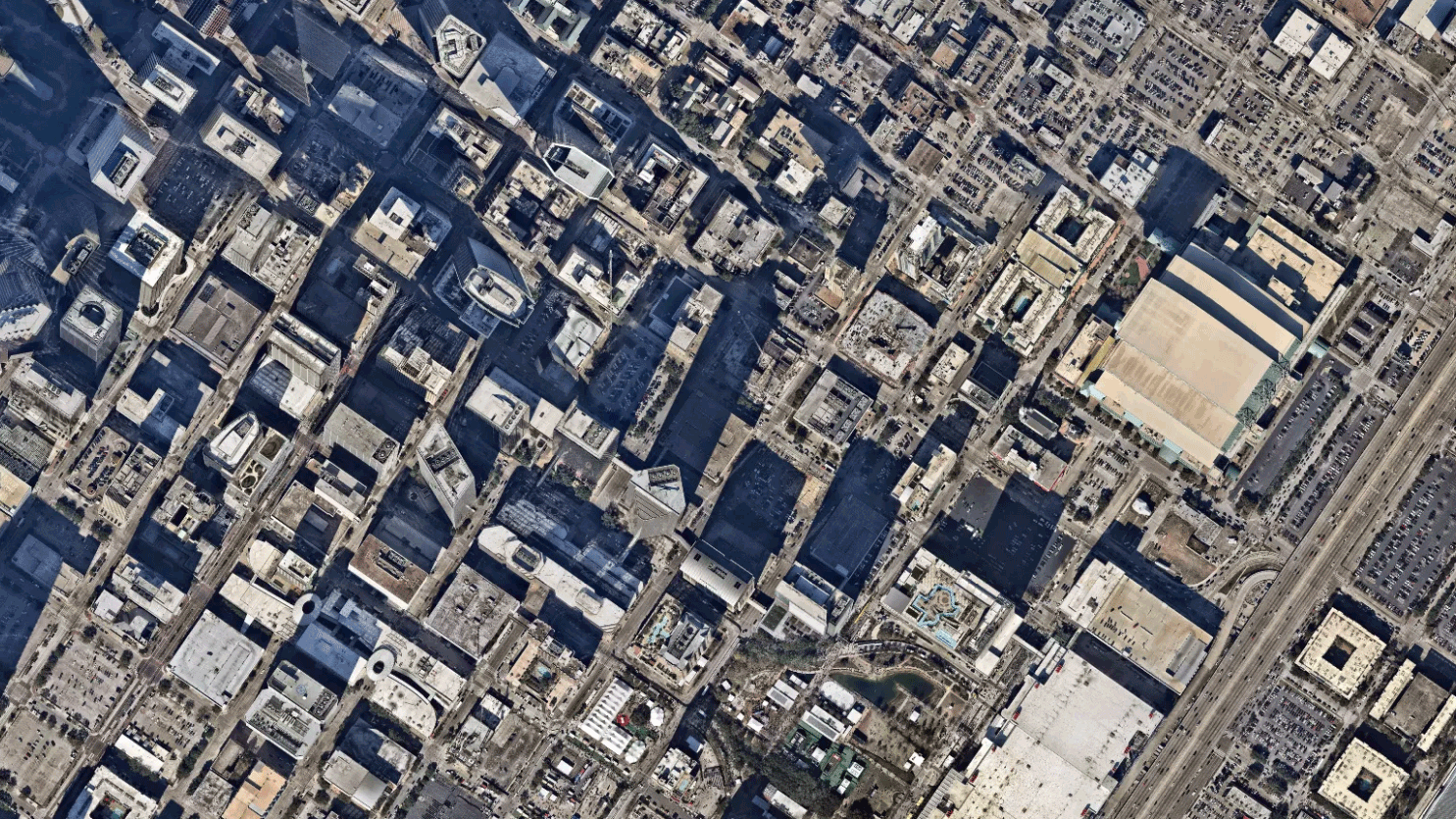Why Development-Oriented Transit is better than Transit-Oriented Development
Transit-oriented development (TOD) has been growing in popularity for many years, particularly in large metropolitan areas. With this development method, a rail line is built out to a less populated area, then large, mixed-use residences and businesses are constructed in close proximity to that rail stop. The idea is that now you have manufactured a dense neighborhood where people can live without needing a car and use the rail line to commute to work.
Strong Towns is often assumed to be in favor of this style of development, since it has many of the features we discuss and advocate for like mixed-use buildings and compact, walkable neighborhoods. But this assumption is misguided.
We cannot manufacture productive places like a cargo cult, simply by adopting some of the characteristics of other productive places we've visited or heard about; we have to drill deep to uncover why those places were actually productive. It wasn't just because they were walkable or built more compactly, it was because they developed over time, through trial and error, with resilient, bottom-up practices, rather than a top-down, megaproject, debt-based mentality. And those traditional development features are certainly not present in the transit-oriented development model, any more than they're present in the manufactured "town squares" and "entertainment districts" popping up all over the place these days.
To get to the heart of why transit-oriented development is so problematic (and to hear about a better alternative), let's turn to a response Chuck Marohn, President of Strong Towns, wrote several years ago when a reader asked what he thought about TOD:
Take a productive place where people are already actively living, working and spending time, then connect that to other productive places with transit. If you invert the steps in this process, you won't achieve long-term prosperity. Image via Andrew Price.
Build-it-and-they-will-come transit is no better than build-it-and-they-will-come highways. Both are a risky gamble with sketchy results, particularly for local governments. Transit-oriented development is the transit advocate’s response to highway strip development in the same way that the early planned New Urbanist developments like Seaside were a response to greenfield suburban development. I’m sympathetic, but this isn’t the answer.
Instead of transit-oriented development, we should have development-oriented transit: Identify places where things are happening now and then connect them with the lowest level of viable transit possible. Make sure those places allow the next increment of development by right (without extensive permitting). This will ensure that the transit is viable and that it supports that next level of growth and expansion.
When that next level of growth and expansion happens, everything moves up a notch. Upgrade the transit to the next level—from jitney to shuttle bus, from shuttle bus to city bus, from city bus to streetcar, from streetcar to light rail, from light rail to subway—and repeat.
Yes, this is less “efficient” than getting out there and building the light rail to the parking lot now, but only if we judge efficiency on the project level. It would be cheaper on a unit cost basis if we just build everything right now and let the development fill in afterward. If we judge efficiency on a macro-financial level, however, it is more efficient to allocate scarce resources to endeavors that are proving their success than to those that may be successful but, thus far, are unproven. This isn’t to say you won’t find a successful TOD out there. But the few that do exist tend to serve as a cherry-picked template for what other TOD advocates strive to achieve, rather than a proven method of success.
Like most post World War II development, the affluence of the United States created a development approach where we could transform our places to “perfection” overnight without the difficult, iterative process that has always shaped healthy, strong places. What we gain in instant gratification we lose in strength and resiliency.
Great places need a train less than a train needs a great place. Build the place first and transit becomes the logical, inevitable next step. No more transit-oriented development schemes. What we need is development-oriented transit.
Cover image via Fairfax County.





The key to transportation reform is to add options, then let people choose.